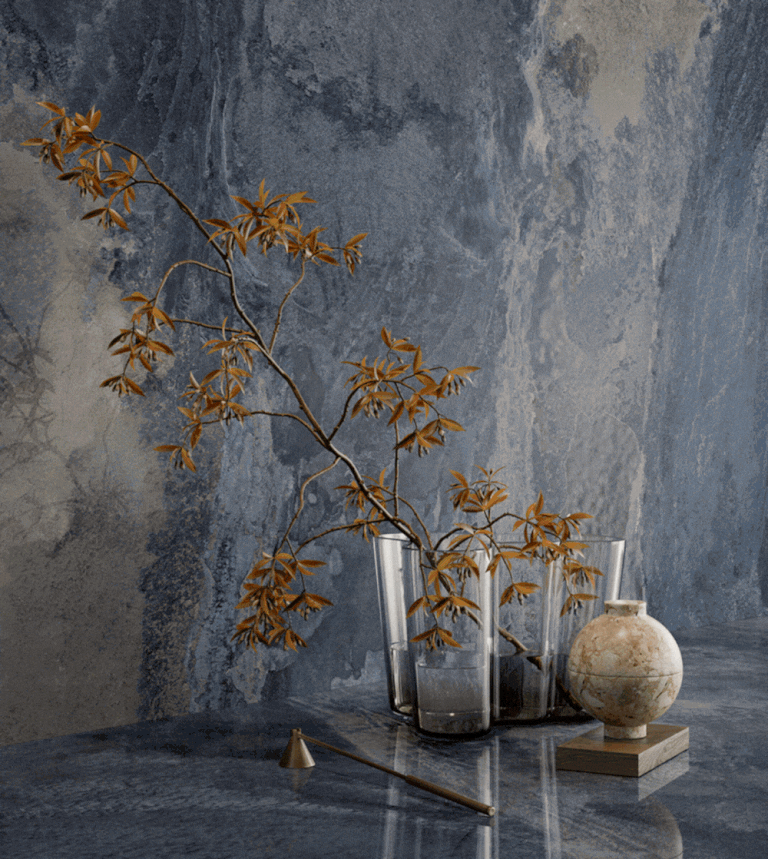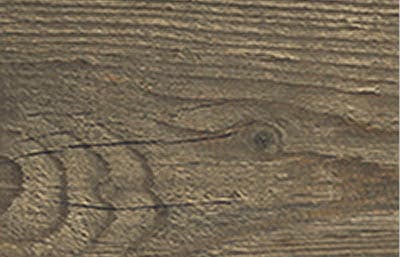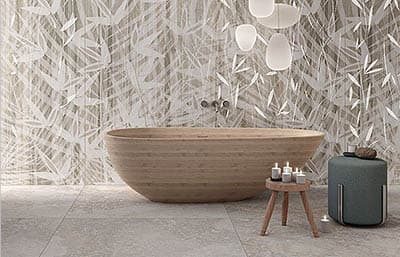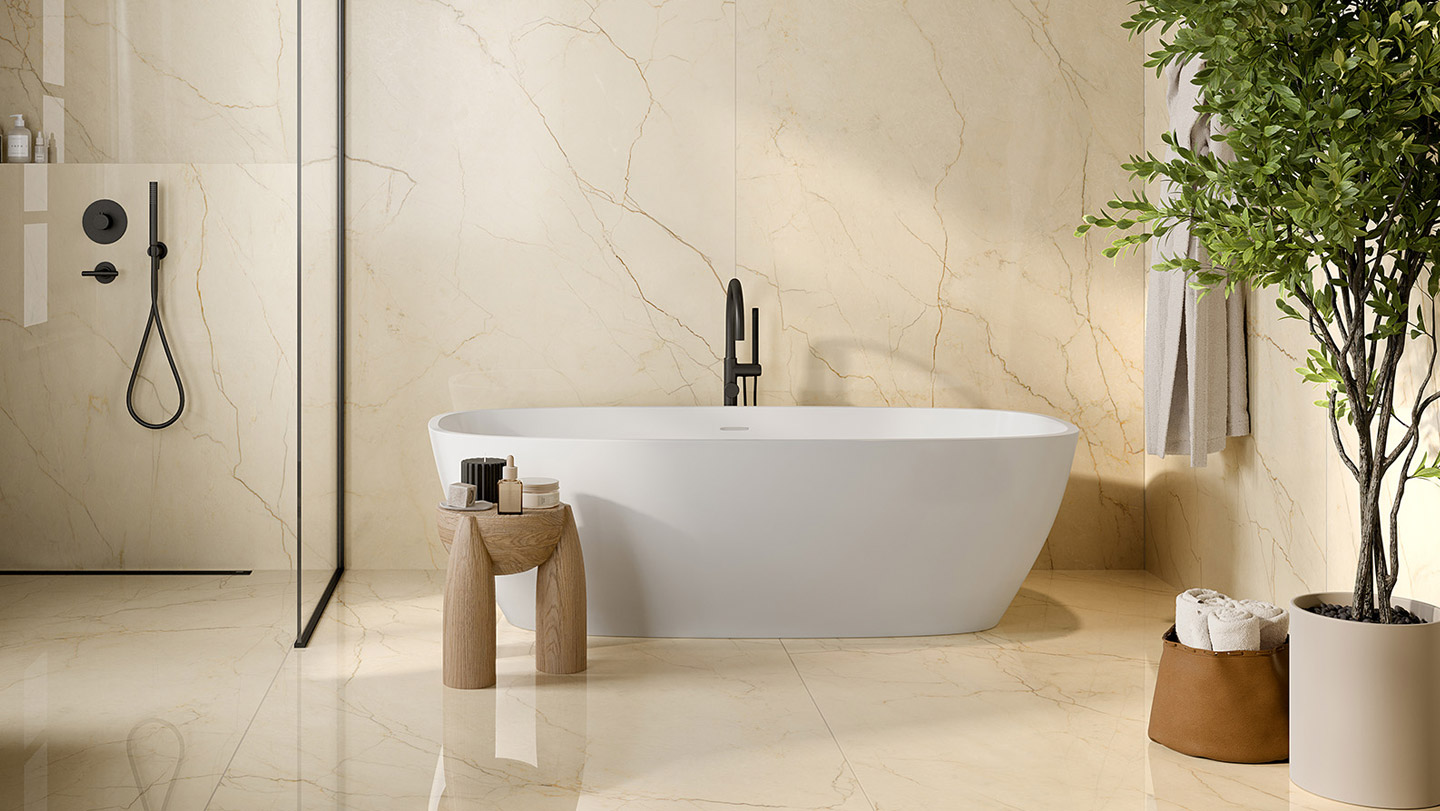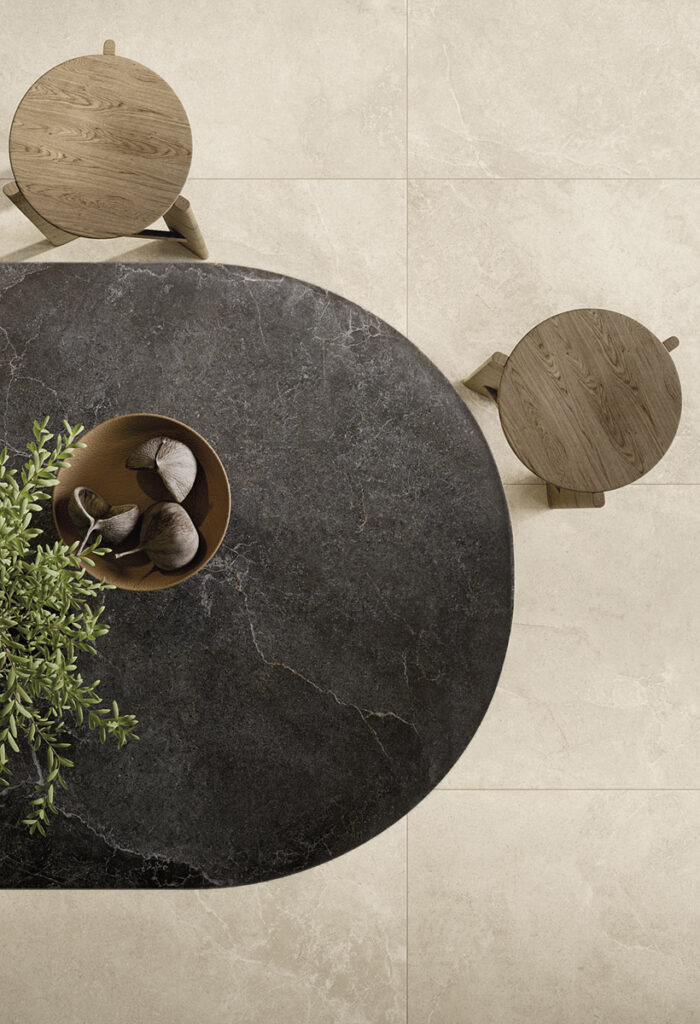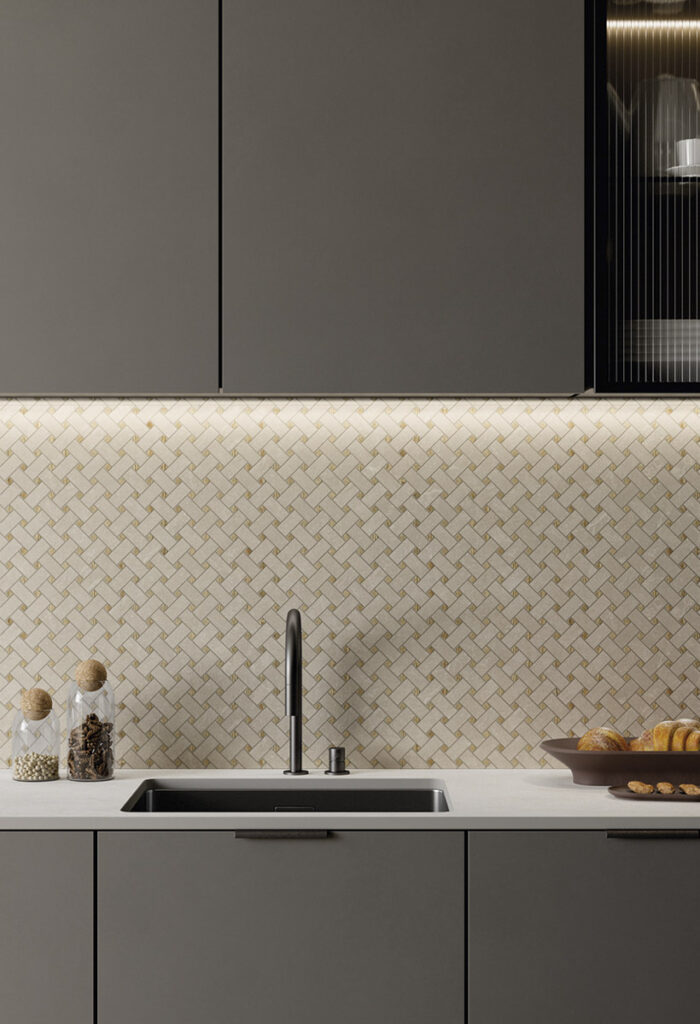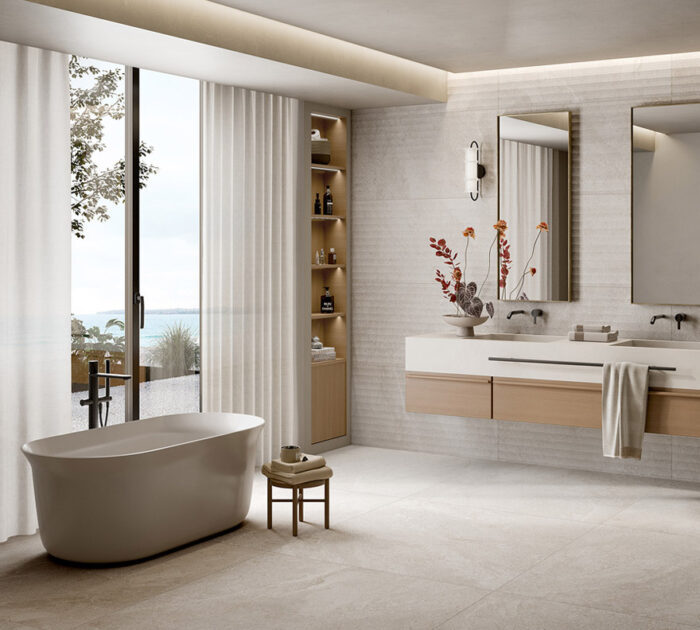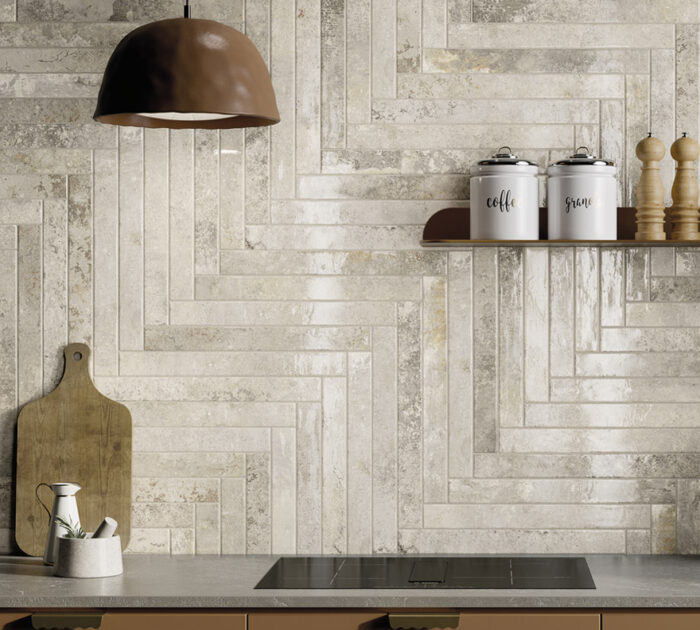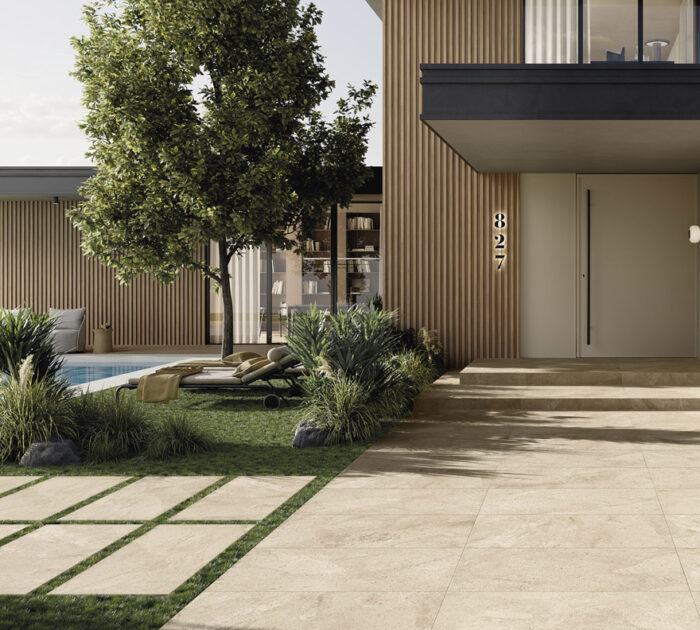Beige Color: How to Combine It Without Being Boring
Beige Color: Origin, Shades, Meanings
Beige is often underestimated as a dull neutral, but it actually conceals a rich chromatic depth and profound meanings. The term beige comes from French and originally referred to the natural color of wool: by mixing white and brown, you get a light and soft shade that immediately conveys calm, relaxation, and elegance and which, thanks to its brightness, makes spaces visually larger and more welcoming.
The shades of beige are practically endless: from light sand beige to ecru, passing through warmer nuances like dove gray or taupe pink, to darker variants like khaki. This variety allows you to modulate the atmosphere: a pinkish beige creates an intimate and enveloping environment, whereas a beige with grey undertones creates a modern and soothing atmosphere.
In any case, beige remains the quintessential neutral color, ideal both as a design base and for those who appreciate tonal harmony.
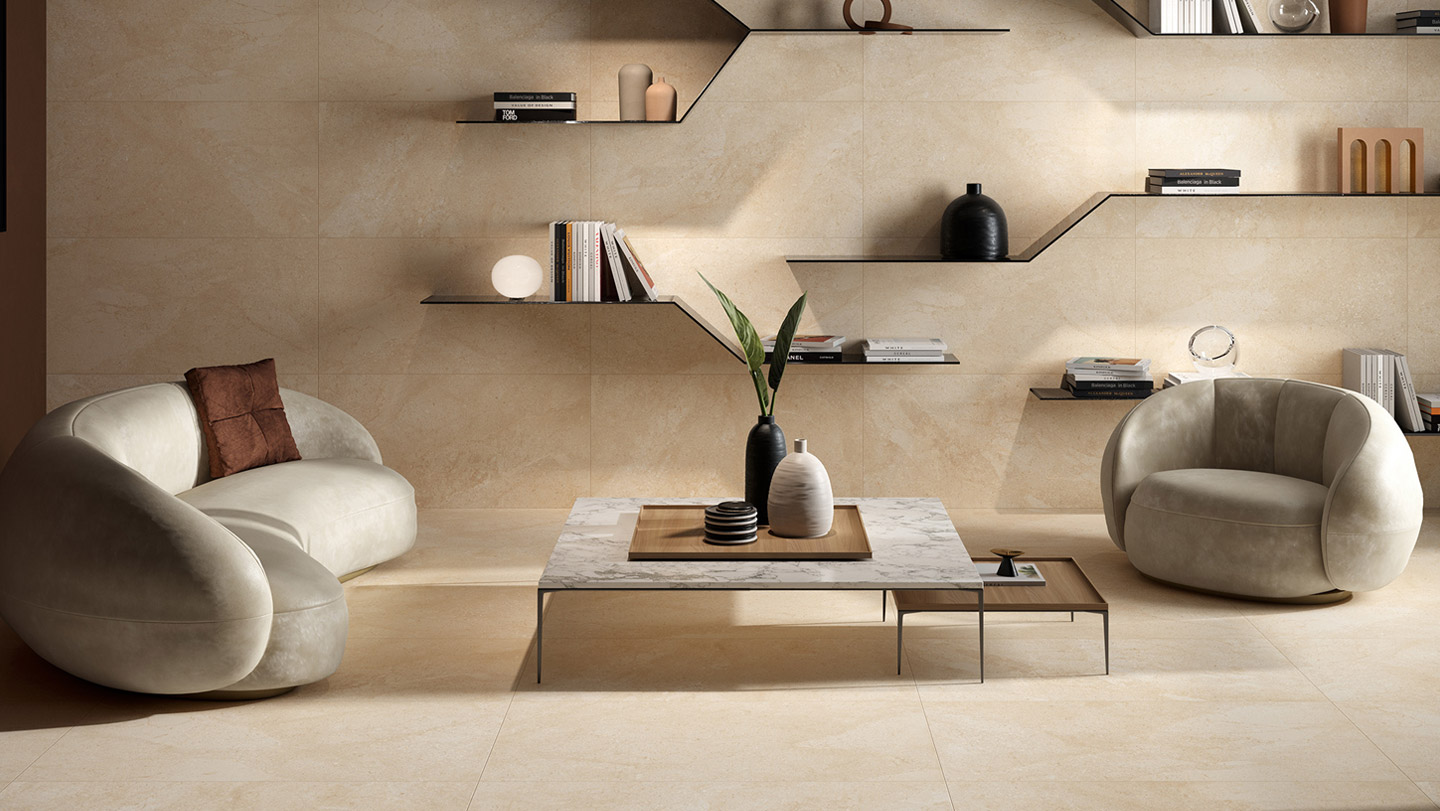
The Ambivalence of Beige: Is It a Warm or Cool Color?
One of the most intriguing aspects of beige is its ambivalent nature: as mentioned, it can appear warm or cool depending on the specific shade. When leaning towards warmer tones (such as camel), it pairs better with cool colors; on the other hand, in cooler variations (like sand), it creates more interest when combined with warm hues.
This dual quality is also evident across its many nuances: for instance, warm beige tones (like taupe pink or dove grey) contrast with cooler ones (those with grey undertones). Choosing the right shade allows you to make a space feel either more enveloping or brighter.
Ultimately, there’s no such thing as a fixed or absolute beige: it’s the context that defines whether it feels warm or cool.
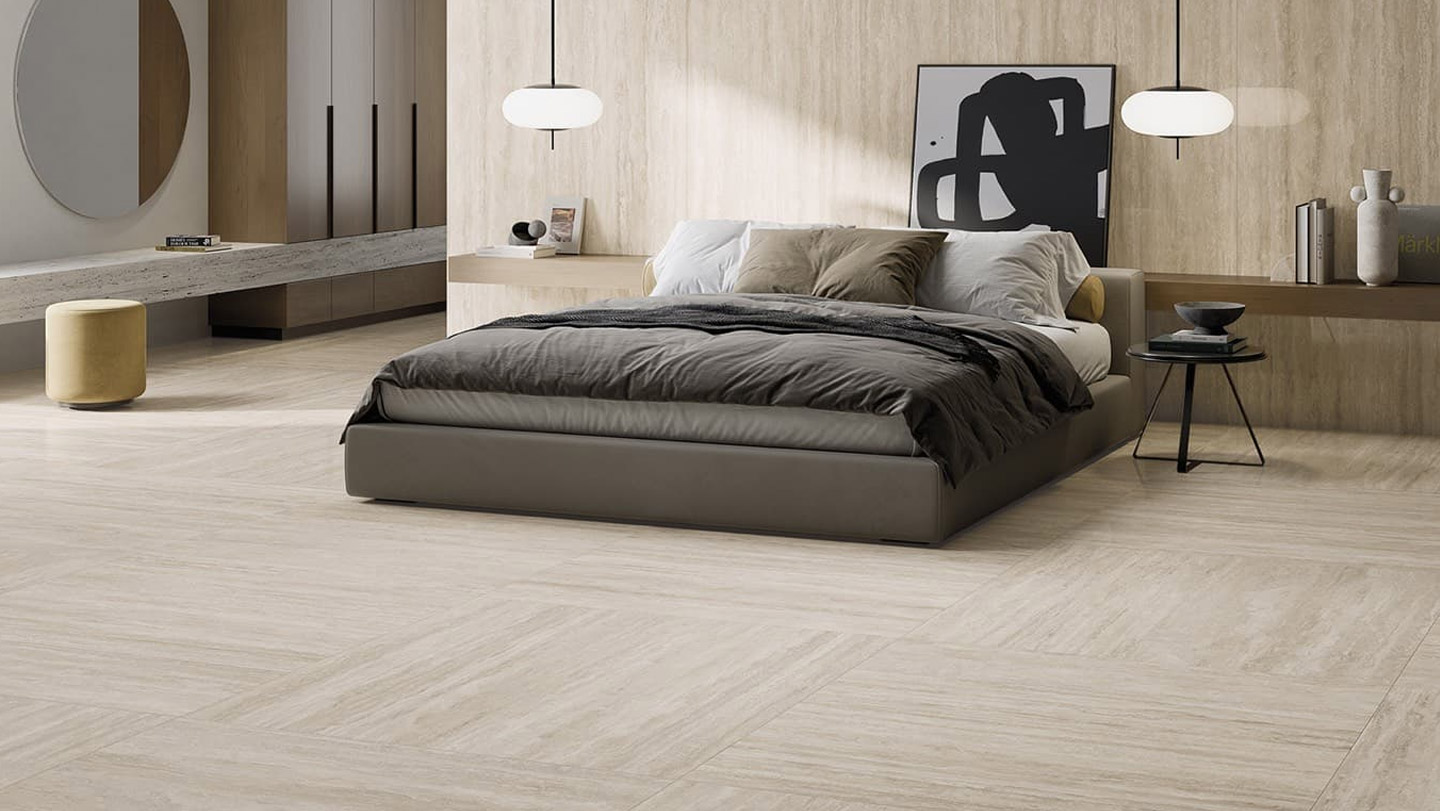
How to Combine Beige: Colors, Materials, Lighting
Beige works as a versatile neutral base for any color scheme. Countless combinations are possible. For example, one can be bold with:
- White:when paired with beige, it enhances the brightness of the space and lends it a clean, contemporary feel.
• Brown, black, and dark grey: these deeper tones add a sense of elegance and refined character to the décor.
• Pastel colors: hues such as blush pink, sky blue, and sage green create a soft, soothing ambiance.
• Warm tones (red, orange, terracotta): bring energy and warmth, breaking up beige’s neutrality with vibrant contrasts.
• Cool tones (blue, green): introduce freshness and a natural touch, evoking a sense of calm and balance.
• Mustard yellow: a mustard or ochre accent adds a bold splash of personality and vibrancy.
Lighting and Materials: How to Style the Color Beige
It’s not just about colors—materials and textures also play a key role. Beige pairs beautifully with natural wood tones and materials such as light porcelain stoneware, oak or teak furniture, and raw fabrics like linen, jute, and cotton, which enhance its sense of warmth and coziness. For example, in a bedroom, wooden finishes and earthy hues are ideal accents that allow beige to enhance brightness in the space. In a boho or country chic interior, rattan furniture and natural fiber rugs add visual depth without reducing the overall brightness.
Light is another key ally of beige: lighter tones reflect sunlight and diffuse it gently. A space decorated in beige and white will appear particularly bright and airy. Light colors help make interiors feel welcoming and full of energy, while also visually expanding the sense of space. That’s why it’s essential to make the most of natural light and warm-toned lighting: this prevents beige from appearing flat and instead brings out its subtle nuances.
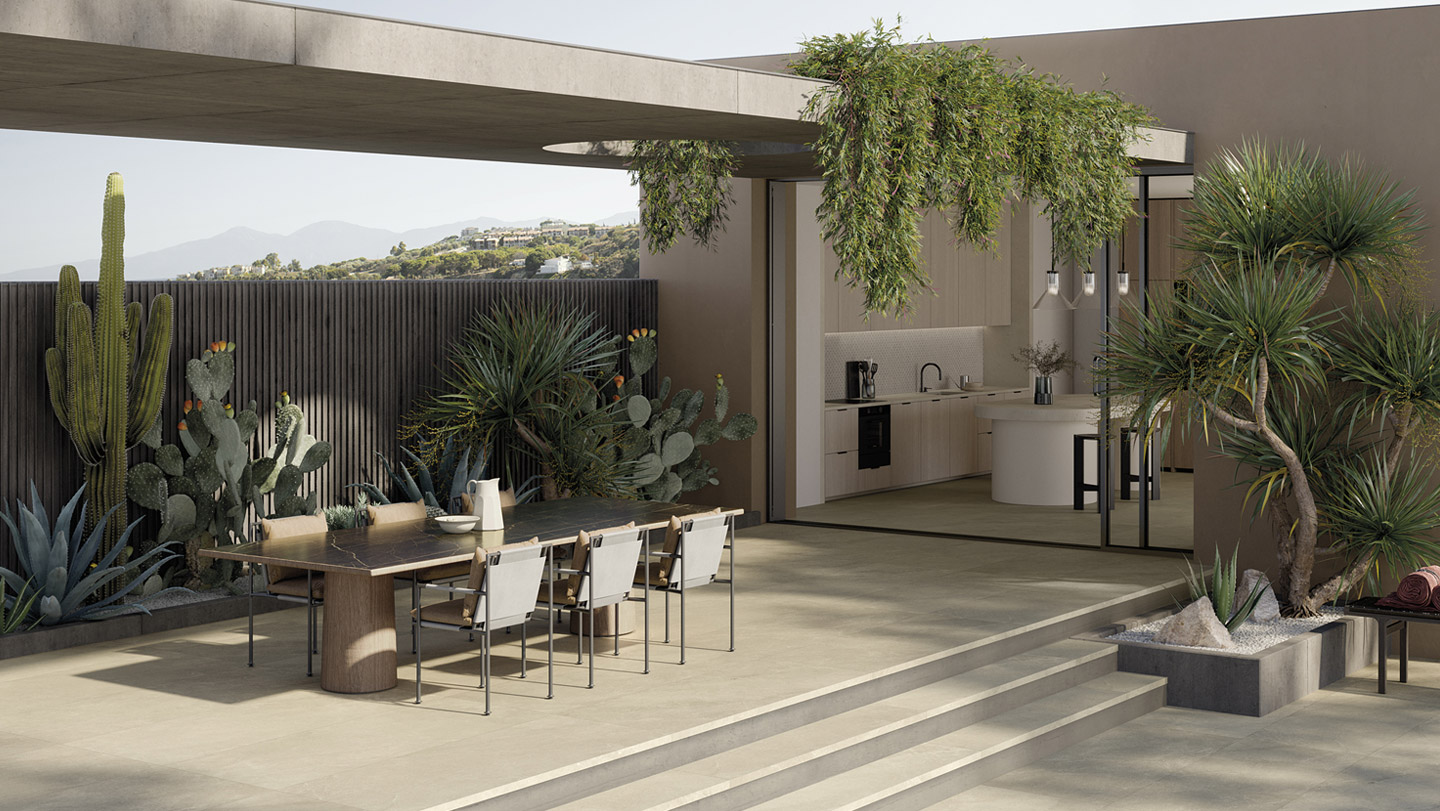
Interior Design Styles That Enhance Beige
Beige is a versatile color that complements many interior design styles. It’s considered the warmer alternative to gray and suits a wide variety of aesthetics—from industrial chic to minimalism, from modern classic to Nordic designFor example, in Scandinavian interiors, beige tones and light woods bring warmth and serenity to a space, in true hygge style, while in minimalist spaces, simple, clean lines are enhanced by a palette of soft, light shades.
A beige living room is a timeless choice that adapts to any style: minimalist, Scandi, ethnic, boho, shabby chic, or even with glamorous accents. In short, beige serves as the perfect backdrop even for more decorative interiors. A fuchsia cushion in a beige room adds instant vibrancy, just as floral prints make a neutral background more dynamic. In an industrial-style space a beige sofa softens the raw look of concrete and metal, while in a country chic living room it enhances natural materials and pastel tones.
Beige Walls and Floors: How to Use Them Creatively
Painting walls beige or choosing beige flooring can give a space a refined, elegant feel—especially when paired with a creative touch. For example, try alternating finishes: a smooth cream wall beside beige wallpaper with subtle geometric patterns. Or combine textures: a light troweled plaster wall next to beige-painted wood panels. Beige porcelain stoneware is a popular choice: it’s a timeless, modern, and sophisticated hue that adds brightness to both open-plan areas and more private spaces like kitchens and bathrooms.
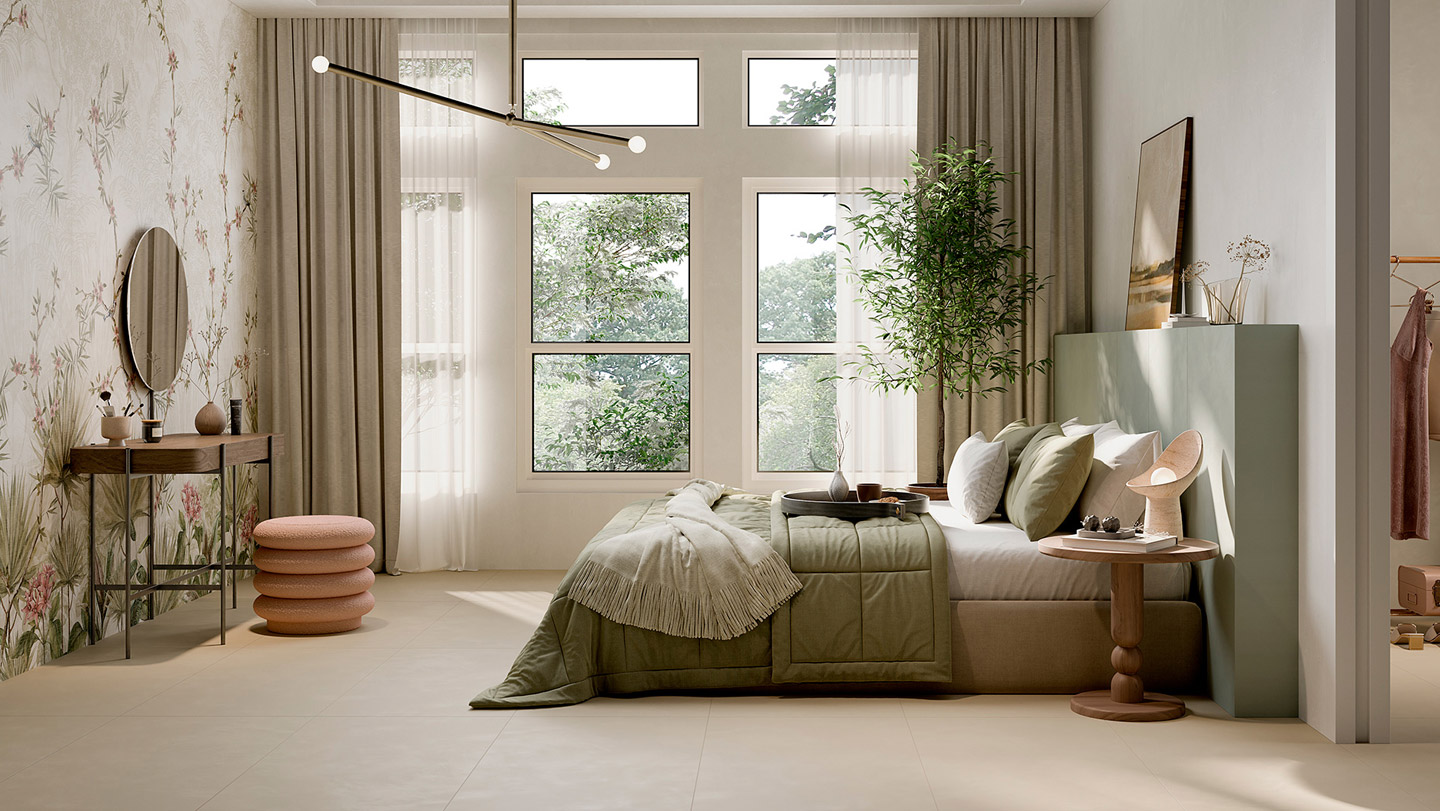
Modern Contemporary Homes:
Beige Is a Must
In modern contemporary homes, there’s a growing tendency to blend indoor and outdoor areas using the same palette: a sand-colored façade echoes beige interior walls, creating a sense of stylistic continuity. This approach makes the architecture feel more cohesive and immersive.
Flooring, too, can add a creative touch: light-colored porcelain tiles expand the perception of space, while cement- or light travertine-effect slabs** add definition and character to the area. Thanks to the variety of textures available in beige porcelain, any space—from homes to commercial projects—can be transformed into an elegant and welcoming environment.
Ultimately, beige reveals its full potential when used with intention and balance: the combination of materials, color contrasts, lighting effects, and accessories can transform this neutral tone into a feature rich in personality and charm.

